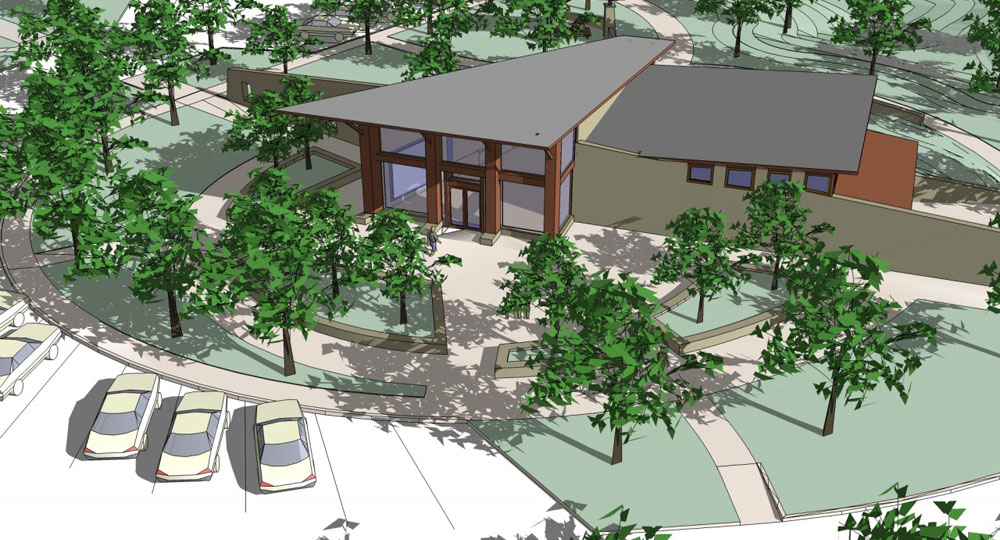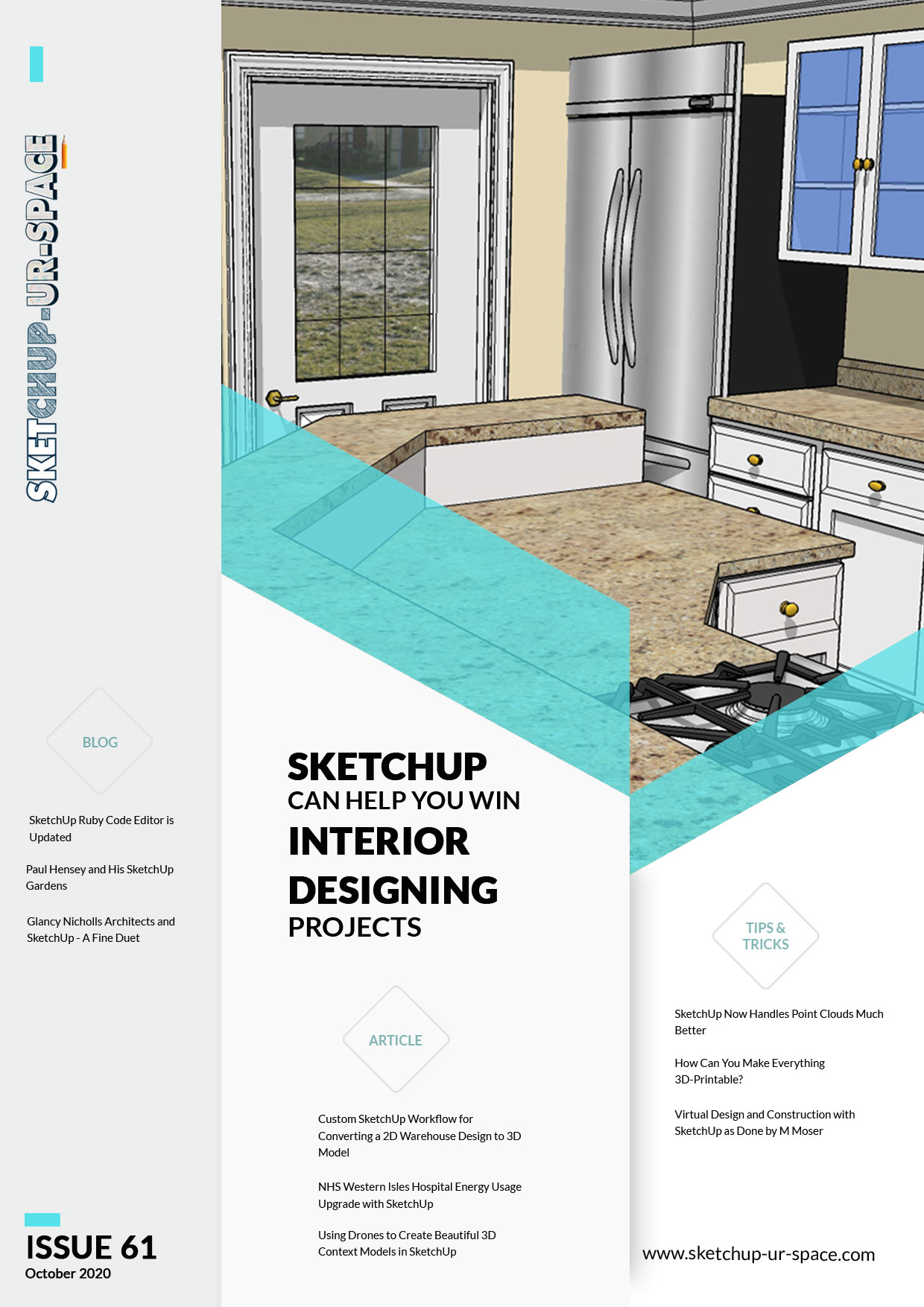Debunking 5 Common Myths About SketchUp

There are many people in the world who have built their careers on and around Trimble SketchUp by now. A lot of real, live projects are ongoing depending solely on SketchUp models and calculations. And yet, there are many myths circulating around the watercooler about this wonderful software. Today, we will try to dissolve the top 5 myths about SketchUp.
SketchUp is well loved by a lot of people, but it is also hated by a large amount of people. Ah, the price of success! But the fact is, SketchUp has always been supplying what many of the frontline 3D models are only now catching up to. For example, Revit, Bently and Autodesk are all doing stuff with BIM what SketchUp has already been doing with some plugin support.
Most of those “other software” users will tell you at least one of the following reasons why they chose not to use SketchUp. Well, here are the answers you can throw back now.
1. SketchUp is not capable of modeling complex objects
Dead wrong! The Walt Disney Concert Hall is one of the most complex structure by shape – and it was successfully represented by a SketchUp model later, exact down to the last millimeter. The 3D render of it (using some of the SketchUp extensions) looks livelier that the real thing.
SketchUp can not only design intricately detailed complex 3D objects, it can also render them in lifelike photoreal scenes. We have seen every complex thing designed in SketchUp – from modern residential and commercial buildings to Parks, Museums, Bridges, even whole city blocks – to small, complicated artful objects like jewelry or even organic stuff. With some good plugin support, what you can design in SketchUp is limited by only your imagination.
2. SketchUp is not BIM
No, it is not. Neither is AutoCAD. Just like most 3D modeling software must find another software’s support for Building Information Modeling (BIM), SketchUp must use extension support as well. And we daresay it does that quite well, sometimes better than even Revit or stuff like that. In fact, most BIM programs come with limitations, but with SketchUp, you can add a limitless amount of analysis and data/document export extensions.
3. Development of SketchUp is not going well anymore
This is a downright lie or ignorance. The development of SketchUp and other related Trimble products, and even that of most of the third-party extensions, are going very well and smoothly. Its power increases exponentially every version, which pop up regularly with substantial number of new features and ability amplification. And with hardware support, you can outperform some of the big players in 3D modeling game in terms of performance and capability. When you consider how cheap SketchUp is, having to deliver all that, you must take your hat off to the developers.
4. SketchUp cannot do what they need
True, alone SketchUp is not much. It does do an excellent job of 3D modeling and documentation that you can fairly rely upon to make small projects, but that is it. However, SketchUp’s main strength lies in its versatility and extensibility via plugins, or extensions. Many of them are actually free and do a fantastic job beyond many frontline 3D modeling software’s capabilities.
With the right choice of extensions, you can turn your copy of SketchUp into an architect’s workhorse, a lean mean BIM-ing machine, a game developer’s object production studio, a sculptor’s visual playground, make it suitable for anything from heavy construction to jewelry making. SketchUp’s capabilities can go through the roof if you play your cards right, with truly little extra cost – and they say SketchUp cannot deliver? Preposterous.
Besides, there are a lot of hidden tools and shortcuts packed inside the modern versions of SketchUp. Many people miss them in the first glance – that is their problem.
5. Graphics in SketchUp is outdated and outperformed
Admittedly, SketchUp does have a distinct, cartoonish nature of rendering stuff. Many professional SketchUp users will notice this; many a day they have seen some building render somewhere and blurt out, “SketchUp job, ya?” It seems, Trimble intentionally keeps it that way. Probably. It breeds familiarity, and is classy in its own way.
Again, rendering in SketchUp can be augmented with plugins, provided your system can handle it. Go out in the webs and you will find many breathtakingly beautiful renderings done via SketchUp. You will find furs and windswept grasses, views through and reflected on glass, and animals and humans too, rendered in photorealistic awesomeness.
To be frank, if SketchUp is really so bad according to “them,” why are 30 million people using it? People are not stupid. So far in the 3D modeling business SketchUp delivers the most versatile, flexible, cost-effective solution ever – and we have a feeling that it would remain so for ever.

- Sketchup Tips & Tricks
-
 SketchUp Now Handles..
SketchUp Now Handles.. -
 How Can You Make..
How Can You Make.. -
 Virtual Design..
Virtual Design.. -
 Adding SketchUp Models..
Adding SketchUp Models.. -
 August Update Rolls..
August Update Rolls.. -
 ArielVision vs IRender nXt..
ArielVision vs IRender nXt.. -
 How to Supercharge..
How to Supercharge.. -
 Top 10 SketchUp Plugins..
Top 10 SketchUp Plugins.. -
 RpTreeMaker plug-in..
RpTreeMaker plug-in.. -
 FredoTools Sketchup Plugin
FredoTools Sketchup Plugin -
 MIO PlasticForms - 3D..
MIO PlasticForms - 3D.. -
 Revisiting SketchUp Pro..
Revisiting SketchUp Pro..







